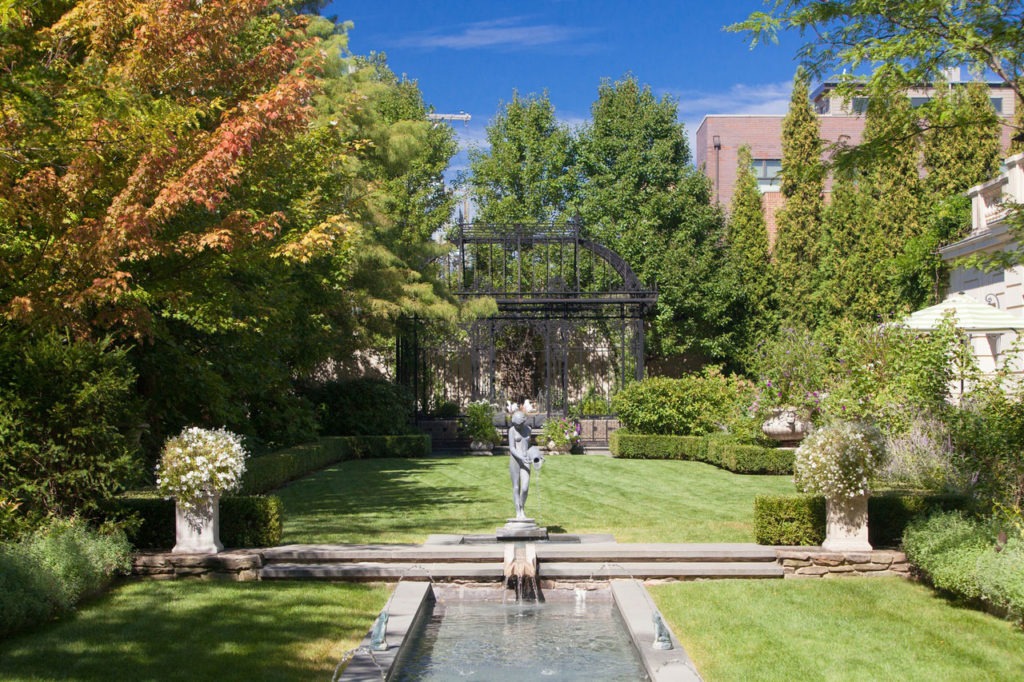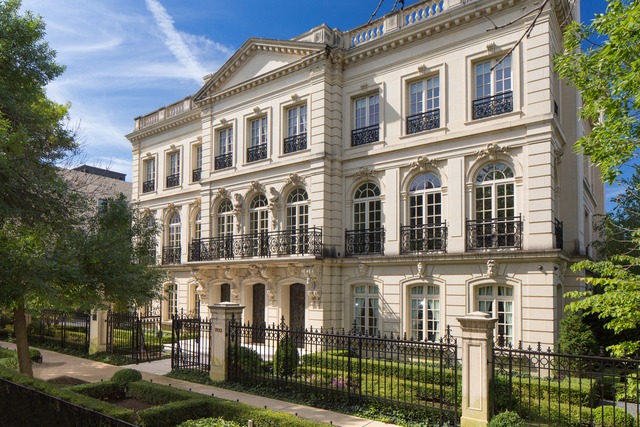Historic homes and multi-unit buildings have been demolished one by one for new, mega-sized limestone mansions along Orchard and Burling streets in Lincoln Park. Not only has this push for suburban-scale luxury housing completely transformed the neighborhood, it’s also driven up real estate prices. According to The Real Deal and Zillow, a developer is already under contract to construct an $18 million ultra-luxury single-family residence on four city lots at 1909 N. Orchard Street.
The trend began in the early 2000s when wealthy individuals like the former U.S. Secretary of Commerce Penny Pritzker, Guggenheim Partners CEO Mark Walter, and entrepreneur Sara Crown Star started building mansions of overwhelming size and scale that forever altered the community’s urban streetscape.
Perhaps the best-known example of this phenomenon is the six-bedroom, seven-bathroom residence custom built by Richard and Michaela Parrillo, who spent more than $12 million on just the land in 2005. The couple purchased and razed the structure at 1932 N. Burling, the former site of Chicago Nursery & Half-Orphan Asylum from 1872-1911. Before it was demolished, its last tenant was the Infant Welfare Society.
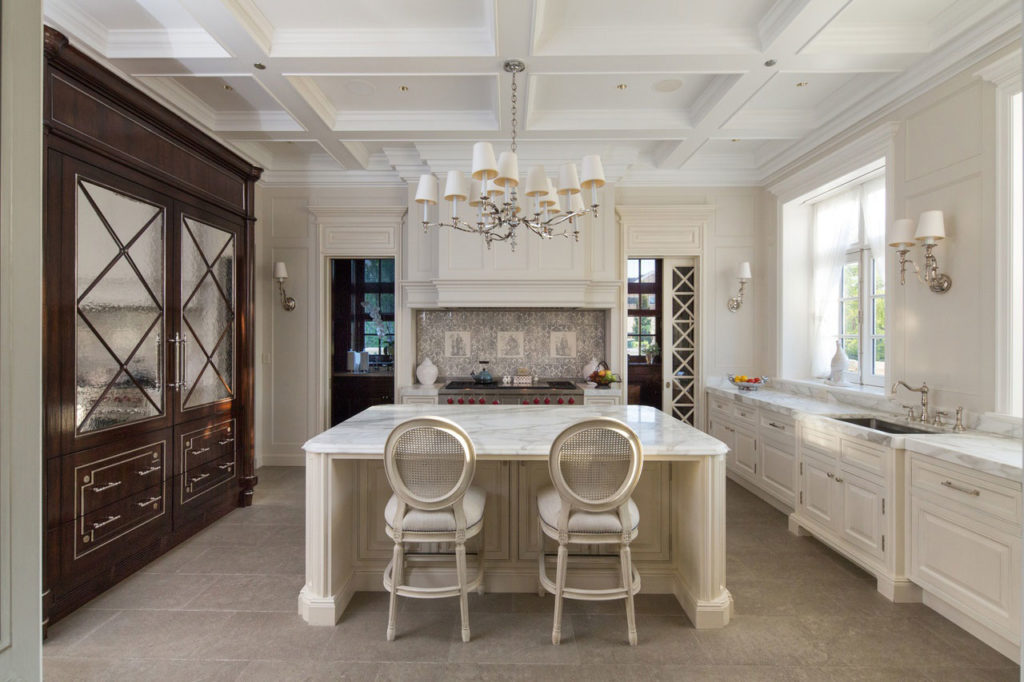
Richard grew up in Chicago with his father William “Billy” Parrillo acting as the defense attorney of choice for notorious crime bosses like Al Capone and Sam Giancana. Richard’s wealth grew as chairman and CEO of United Automobile Insurance Company.
Spread across eight city lots, the Parrillos’ 25,000-square-foot mansion was designed by Chicago architect Thomas Beeby, best known for the Harold Washington Library, and completed in 2010. The Chicago Tribune described the home as “highly ornate French classical,” evident in its decorative columns, arches, pediments, brackets, and mascarons (carved ornamental faces). Someone commenting on a Flickr image of the home, claiming to have worked on the residence (we confirmed through LinkedIn that the individual is a stone mason) says it took two years to do the stonework, as the Parillos requested no more than four stone masons at a time to ensure consistency and perfection.
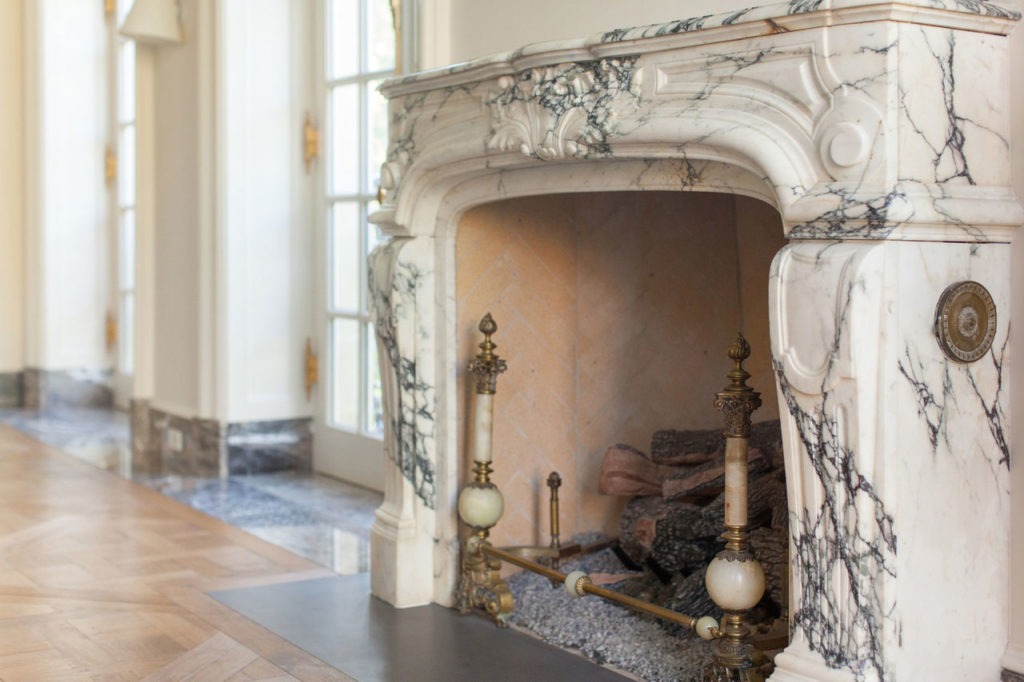
The outdoor space includes an alfresco back terrace, large gardens with a reflecting pool and multiple fountains, and a hand-forged antique pavilion. Richard, a self-proclaimed Francophile, shipped in tons of gravel from France for the attached three-car garage driveway. The European influences continue inside with precision-cut marble from the French Pyrenees in the entryway, a 22-karat gold repoussé metal staircase, 18th century light fixtures, Italian plaster ceiling work, and a hand-carved English marble fireplace (one of seven in the home). According to Rob Report, Sotheby’s Leutheuser declined to provide any details or images of the third-floor bedrooms, citing privacy reasons.
The Parrillos reportedly spent $65 million to put up their palatial place, including the purchase of the land. Yet just six years after its completion, the couple listed it for sale. It hit the market in late 2016 with one of the highest asking prices ever for a Chicago home at $50 million. But there were no takers and the listing was removed from real estate search engines in March of 2018. The home didn’t return to the market for two more years. Just last month, the cost of the high-end home fell from $45 million to $30 million, a 33 percent drop that the Tribune said was “surely” the largest single-price reduction for any property in Chicago-area history.
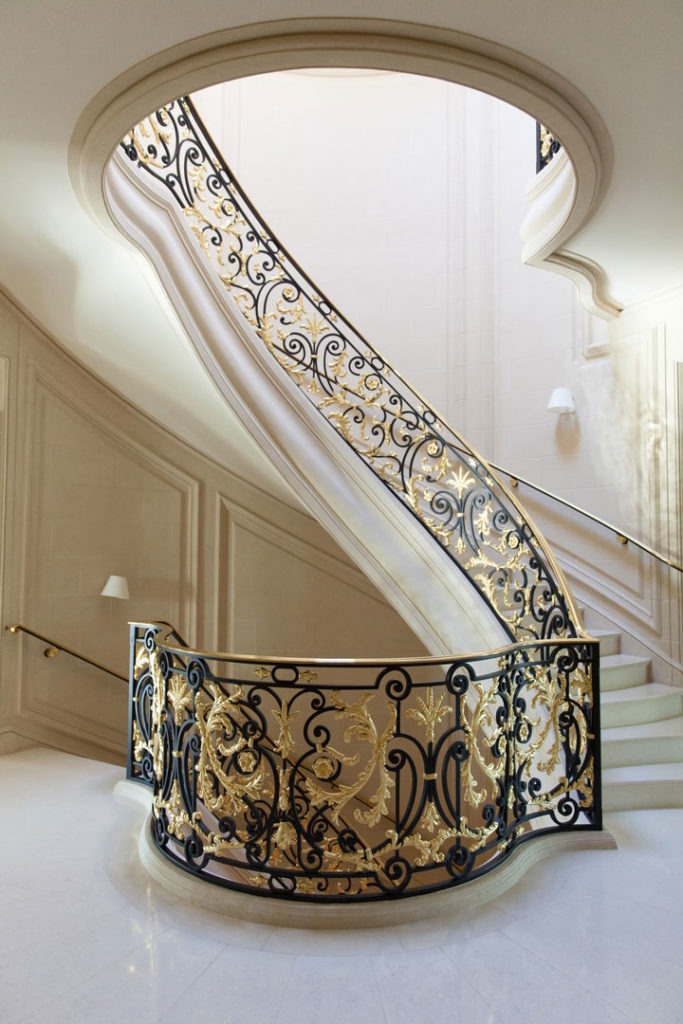
The Parrillos are now full-time residents of Florida, so the major price cut might be a last-ditch effort on their part. Other than a couple of penthouses in the $15 million range, there is only one other listing for a single-family residence in Chicago even close to the Parrillo’s asking price: a 20,000-square-foot home in the heart of the Gold Coast that’s going for almost $19 million.
Is $30 million the magic number? We reached out to Richard Aronson of Berkshire Hathaway Chicago, and he said this might be the correct price that will finally sell the luxury property after lingering on and off the market for the last six years. But we’ll have to wait and see.
